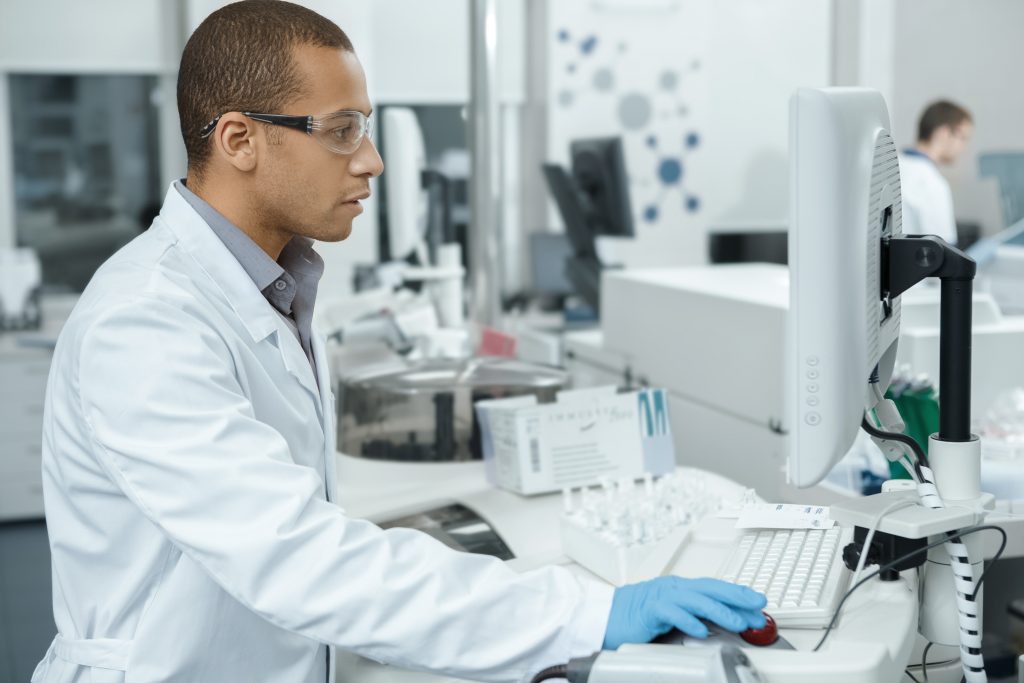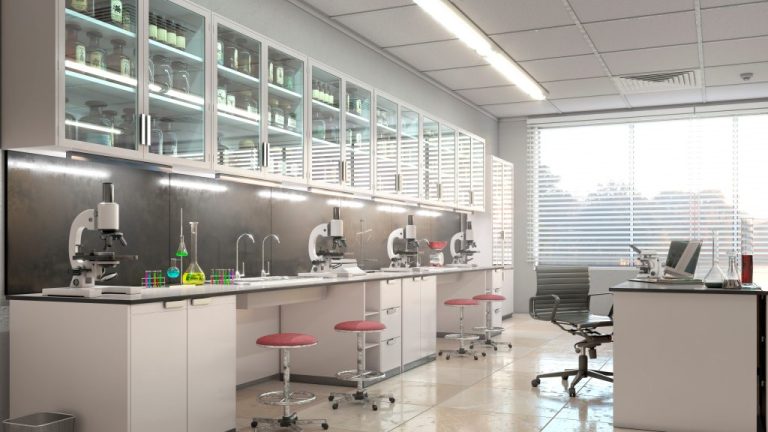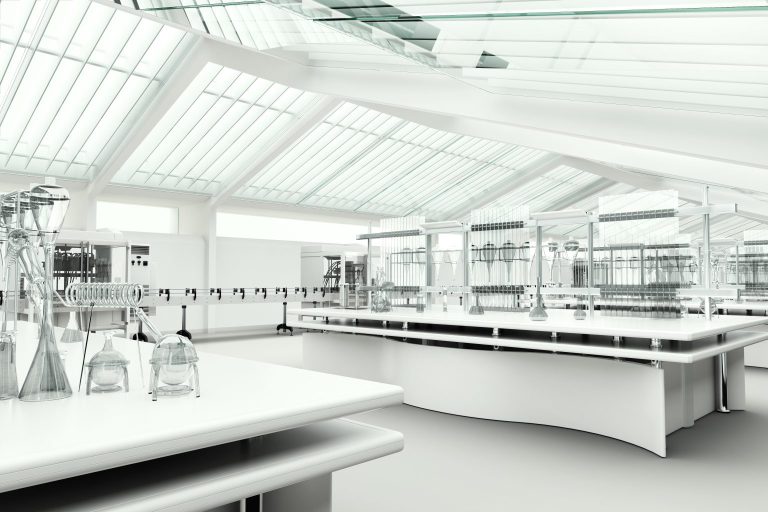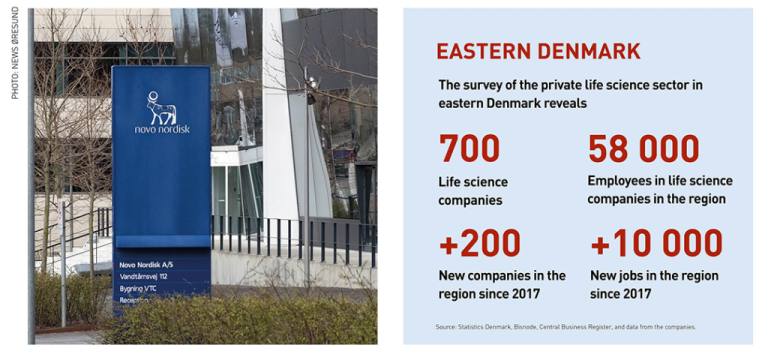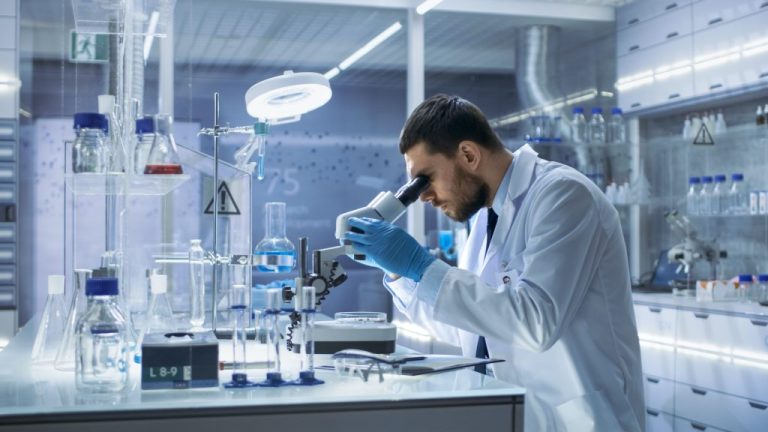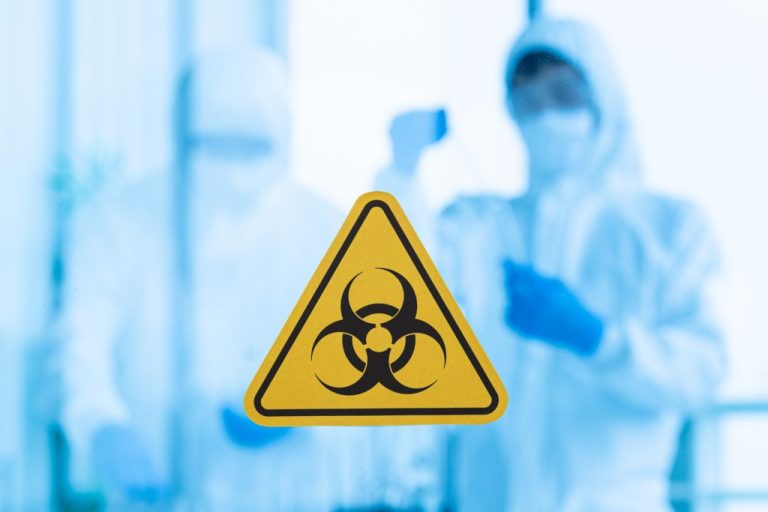Top 5 Design Trends for Laboratories
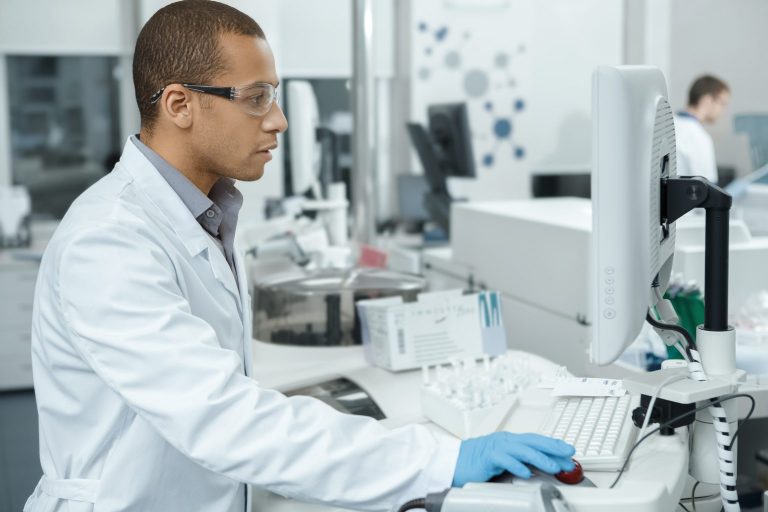
The life-science industry has experienced great growth and is constantly changing and evolving. As the industry grows, new laboratories are constantly being created.
We at Copenspace follow the life-science industry closely, and we love to share our knowledge of laboratory design with you. In this article, we’ll state what we think are the top 5 design trends for laboratories in 2022.
1. Sustainability
Sustainability is at the top of the list of the business strategy for most research organizations. This doesn’t come as a surprise in the year of 2022, with sustainability being a key deliverable across nearly every industry.
Running a laboratory uses a significant amount of energy and resources which has an effect on our planet, and that’s why many life-science companies are taking steps to minimize their impact on the environment.
Laboratories are often very energy-demanding due to a variety of reasons, including the large volumes of ventilation equipment required, and consequently the increase in heating & cooling supplies.
Some sustainability actions are easier to implement than others, and below we’ve listed a few factors that can help minimise a laboratory’s impact on the environment:
- Inventory and other products made from recycled materials
- Minimise waste and implement recycling and waste management
- Implement processes to reduce water and energy consumption
While sustainability is a growing trend in laboratory design, health and safety will always surpass. And that’s why all changes must follow the local health and safety regulations.
2. Digital and automated laboratories
Like in any other industry digitalization and automation is taking over increasingly. Laboratories are becoming more computer-driven, and robotics are used more and more.
A key technology in laboratories that is gaining traction these days is cloud technologies and central control of building technology that enables remote access to laboratory equipment and building technology (ventilation system e.g.).
Another trend within digitalization is virtual laboratories. Virtual reality is becoming more common each year and laboratories are no exception. Virtual laboratories are used for virtual manufacturing and will simulate the tools, equipment, tests, and procedures used in the laboratory, which means that you can test experiments e.g. in the virtual laboratory before entering them in the physical one.
3. Open and teamwork-oriented laboratories
An increasing number of life-science companies are creating open labs to support and induce teamwork. In contrast we have more closed laboratories that belongs more in the past, and they accommodate individual work where the scientists have their personal workspace.
In open laboratories the laboratory staff share all the space in the laboratory including the equipment, bench space and supporting staff support all researchers not only one. This in much more in line with today’s labor market where communication is highly valued and will also make the laboratory more easily adaptable for future research needs.
Typically, an open lab will be divided into laboratory modules where parts of the research is done which will then be completed in another module in the laboratory. This encourages multiple teams to focus on separate phases of the research or on completely separate research projects.
4. 3D-printers
The use of 3D-printers is increasing in many industries and also in life-science. One of the most known and debated ways of using 3D-printing within life-science is the possibility of printing replacement organs for the human body. This is a technique that will most likely be available within this decade since scientists have already been able to 3D-print tissue and cells.
5. Ergonomic
There has become an increased focus on the wellbeing of employees and the life-science industry has for a long time opened their eyes to the importance of the physical work environment of the laboratory staff.
Many laboratories now have height adjustable lab workstations allowing the staff to either sit or stand. One of the biggest risk factors regarding ergonomics in a laboratory is repetitive motions. There are many tasks in a laboratory that are highly repetitive meaning that the laboratory staff sometimes make the same motion pattern over and over. The repetitive tasks are evaluated closely; assistive devices are implemented when needed; and posture awareness gets a lot more attention than before.

